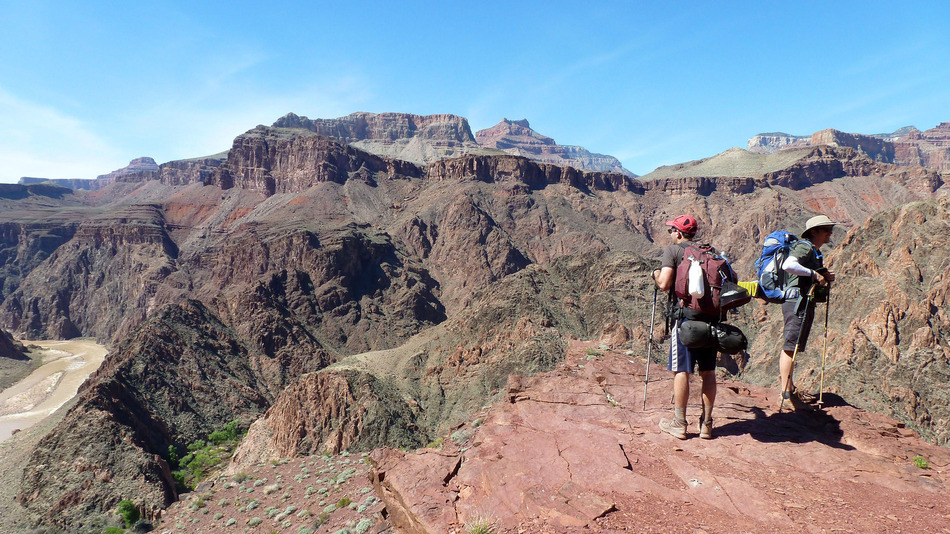Scientists are putting tracking devices on a new species — people — as they try to learn more about how their movements affect ecosystems in national parks.
Park visitors carrying global positioning devices have provided data to Colorado's Rocky Mountain National Park, so it can improve shuttle service to a popular and often congested lake. Another recent study at California's Yosemite National Park tracked where people stroll through two popular meadows, and pause now and then to admire the view.
Now, people-tracking by researchers with Pennsylvania State University and Utah State University is helping Grand Teton National Park make decisions, including whether they should add parking areas, restrooms and a multipurpose trail along the way.
"It's going to help us better understand the expectations, the motivations and then the ultimate experiences that people have," park spokesperson Jackie Skaggs said.
Two years of research showed that between one-third and half of the visitors using an eight-mile section of Moose-Wilson Road in Grand Teton never left their cars or road bikes, but were just passing through. The rest stopped to ride bikes, hike trails or visit an interpretive center along the route, a mile and a half of which is unpaved, but could be.
Traffic along the road has increased 25% in just the past eight years or so.
Participation in the tracking studies is voluntary, researchers say, and most people are glad to help. Between 80% and 90% of those asked to carry a GPS receiver in Grand Teton in 2013 and 2014 agreed to participate. Hardly anybody failed to return the devices upon leaving the study area.
As for still being able to find solitude in a national park, that's sort of the point.
The same tracking technology that informs bus schedules in megacities can help prevent big concentrations of people in national parks, according to Kevin Heaslip, a former Utah State associate professor, who recently joined Virginia Tech as an associate professor of civil and environmental engineering. "It's getting people to the right place at the right time, so they have a better experience while they're at the park," he said.
Questionnaires handed out along with the bare-bones GPS units asked what people wanted from their visit to Grand Teton. Opportunities for solitude? Time with family? Exercise? The researchers compared the survey responses to where people went, which they could plot in the backcountry to within 10 feet or less.
"We really need very detailed information on kind of exactly where people went when they traveled off trail," said Ashley D'Antonio, a postdoctoral researcher at Utah State's department of environment and society.
Finding out what motivates visitors could also help the National Park Service's efforts to make parks more attractive to younger generations.
Earlier this year, NPS launched the Find Your Park campaign, with the goal of making national parks as appealing to millennials as they have been with Boomers.
Fuente: mashable.com
